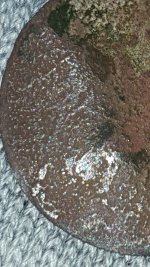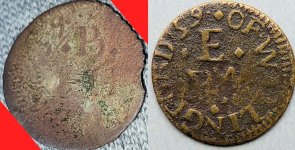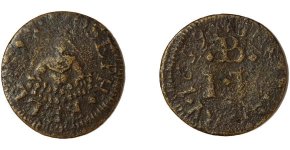Digger the dectorist
Jr. Member
- Sep 21, 2021
- 31
- 104
- Detector(s) used
- Garret ace 250
Garret AT PRO
Garret ace 400i
Simplex
- Primary Interest:
- All Treasure Hunting
Hi found this odd coin but can't find out what it is looks as if I maybe Roman found in UK England Buckinghamshire. Look to be made of




 copper
copper
Attachments
Upvote
6










